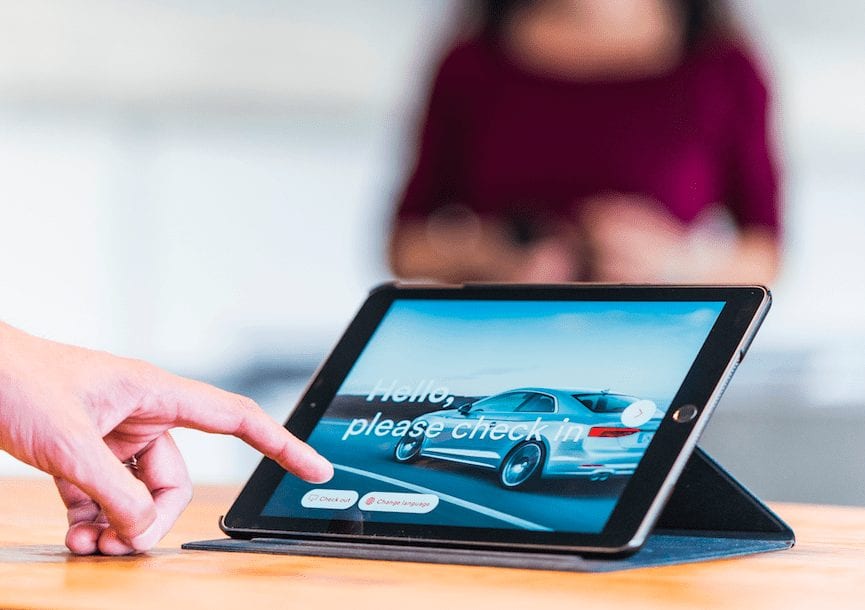
Of the many devices in the growing office Internet of Things (IoT), workplace occupancy sensors are fast-becoming valuable tools. They’re simple in function, easy to set up, and rife with benefits. Their focus on detecting occupancy makes them invaluable to facilities managers seeking to learn more about how their workplace is used, by whom, and how often.
There are three important reasons to think seriously about deploying occupancy sensors in your workplace. See how they help improve workplace agility, space utilization, and cost efficiency.
Agility: Is the conference room occupied?
Your group needs a large workspace for the next two hours and the building has three conference rooms, spread out across three floors. The group could go floor-to-floor, checking each conference room’s occupancy—but that’s a waste of time, especially if all three rooms are in use.
If each conference room has an occupancy sensor, there’s a much quicker way to determine what’s open and what’s not. Occupancy sensors provide details with varying degrees of information (depending on the type of sensor). Some sensors show which rooms are occupied. Others tell you how many people are in there. More-advanced sensors reveal how long the room has been in use.
With a quick check, you’ll have the information you need to quickly get your team to work. It can be mere minutes from the time you realize the need for a collaborative space to the time it takes to find and book a room.
Utilization: What workstations are available?
Workplace utilization and occupancy sensors go hand-in-hand. Having a real-time picture of open vs. occupied workspaces is key in everyday workplace agility.
You operate a coworking space with 30 hot desks. Workers book them for two-, four- and eight -hour increments. Occupancy sensors keep your desk availability current. The schedule may say 20 desks are booked, but sensors show only 15 are occupied—the other five occupants left early. Not knowing actual occupancy may mean lost revenue.
Occupancy sensors brings real-time data to bear for facilities management. They’re also useful for reviewing historical data. If 60% of hot desk renters leave after three hours, you can adjust your reservation times and rates to cater more exclusively to this trend .
Efficiency: Cutting costs
Workplace occupancy sensing is a cost-cutting building block. There’s no better example than the wasted utility cost of lighting an unused office area. Automating lights to turn on and off based on occupancy is an efficient way to conserve energy and reduce costs.
Think of the cumulative savings of sensor-based lighting across your workplace. If lights turn on only in occupied areas, you’re saving the equivalent kilowatt-per-hour cost of not lighting unused areas. This also accounts for situations like employees forgetting to turn off the lights when they leave a room.
Energy cost savings isn’t the only benefit occupancy sensors provide. Reviewing historical sensor data can illuminate how much of your space you’re really using. You might discover that one conference room has a utilization rate of 75% a month, while a second conference room is used only 12% of the time. You can then ask, “Do we really need this space?” and “How much is this space really worth?”
Questions to ask before deploying occupancy sensors
Occupancy sensors are versatile. But if incorrectly deployed, they may not serve the purpose you need. Before adding occupancy sensors and spending time setting them up, ask yourself these critical questions:
- What am I trying to accomplish and how will occupancy data help?
- What occupancy metrics should I be tracking? How will I track them?
- Do I need real-time or historical occupancy data? Both?
- Do I have other IoT devices that can connect to or augment occupancy sensors?
- Is the capital investment worth it for my company right now? In the long-run?
While many occupancy sensors offer plug-and-play capabilities, understanding the features and limitations of different models is also important. Not all devices are equal in their capabilities. Understand your needs before investing to ensure you’re making the right choice.
Keep reading: simple building automation products that save your business time and money.


